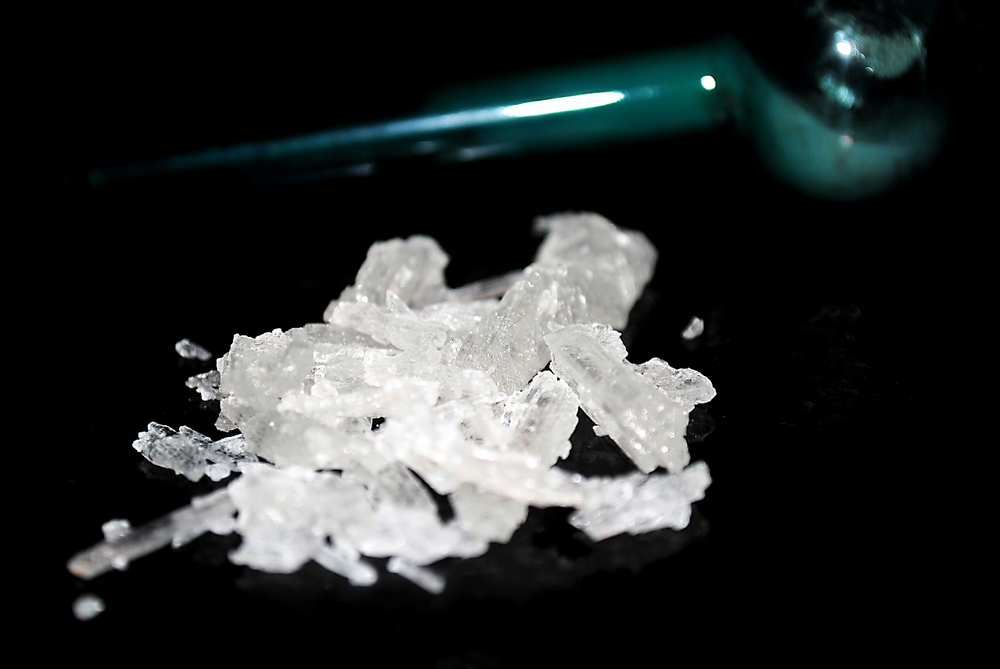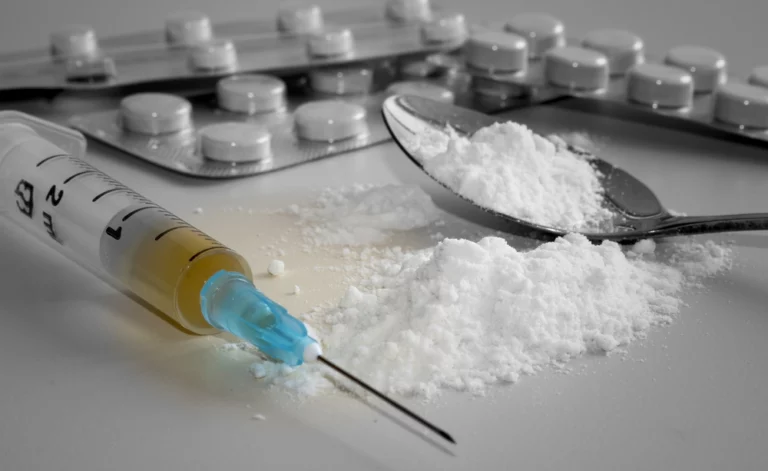Meth Comedown: Timeline, Side Effects, & Detox Tips
Meth comedown is the set of initial withdrawal symptoms a person faces once the euphoric feeling induced by the drug begins to subside. This acute withdrawal phase unfolds symptoms that can make the person feel extremely anxious, dysphoric, and agitated.
People who develop a dependence on meth constantly try to maintain their high and keep their meth comedown at bay. They do so by “binging” or using the drug repeatedly every few hours for 3-15 days.
This pattern is common among people who have developed a considerable tolerance to meth and use different means of administration – such as injecting or smoking – for more immediate effects. It creates more intense symptoms that can last for weeks at a time.
Those who binge for three days (or longer) at a time tend to sleep for 24-48 hours, feel exhausted, and experience feelings of depression. A meth binge is often followed by persistent dysphoria, extreme cravings, and hunger.

Psychological and Physical Dangers of Meth Use
People take meth for countless reasons. Some want to experience its focus-inducing properties, whereas others take it to enjoy the pleasure and euphoria it creates.
Once administered, meth can trigger several dangerous consequences for the brain and the body. It causes users to engage in reckless behaviors, often resulting in extreme violence and anger.
Meth abusers experience intense delusions, paranoia, and hallucinations. Meth is one of the most addictive drugs, according to the DEA. Over 700,000 people in the U.S. are currently addicted to this substance. The addictive nature of meth can cause meth comedown to be extremely challenging.
Read more: 4 Differences Between Amphetamines & Methamphetamines
A General Timeline of Meth Comedown
The first few days after quitting meth come with the most severe symptoms of meth comedown. These symptoms begin to gradually taper off within three weeks. The symptoms of meth comedown are often different for different people. The severity is based on factors such as:
- The amount of meth someone has been using
- The period of time for which they have been using meth
- Whether they experienced withdrawal symptoms before
- Whether they are simultaneously dependent on other types of substances
- A person’s overall health and history of substance abuse
Meth remains active in the human body for up to 12 hours. The body begins to experience a comedown after the 12th hour. The different phases of a meth comedown include:

After 12-24 hours
You might begin to feel tired and lethargic. Your moods shift, and you can experience feelings of agitation and irritability.
After 2-3 days
This is when the comedown symptoms are at their peak. The feeling of agitation intensifies. You may experience intense cravings for meth. It becomes extremely difficult to concentrate. You feel anxious and depressed, and your thinking gets distorted. During this phase, it can be almost impossible to learn and retain any new piece of information.
After 4-7 days
This is when the comedown begins to taper off. Most symptoms start to dissipate within a week. However, your craving for the drug may persist for a long time. While agitation begins to dwindle, people still tend to experience fatigue and appetite disturbances.
After one week
After a week of meth comedown, most people feel what is known as a “crash.” During this phase, you feel a total lack of happiness, calm, hope, and other positive feelings. The post-comedown phase brings heavy feelings of anxiety and depression. This is when you must gather all your strength to combat strong cravings by not wanting to use the drug to remedy your negative symptoms.
Symptoms of Meth Comedown
The severity of a meth comedown depends on how long and much meth a person has used. Those who use it for a long time often fight the hardest comedown battle. Some acute meth withdrawal symptoms include:
- Hunger and fatigue
- Intense cravings
- Anxiety and depression
- Difficulty focusing
- The inability to sleep or sleeping too much
- Paranoia
- Slow heart rate
- Psychosis
Many people attempt to alleviate these symptoms by using “landing gear” (depressants such as sedatives and alcohol). Others use opioids and other similar substances to mitigate anxiety and induce sleep. It is highly common for people addicted to meth to build other simultaneous addictions. Most of these substances build heavy psychological dependency and increase the risk of dangerous withdrawal symptoms when the time comes to quit.
Read more: Understanding the Risks of Meth Weight Loss

How to Safely Get Through a Meth Comedown?
Meth comedown can be challenging and comes with severe withdrawal symptoms like psychosis and depression within the first few weeks. This may push a person toward suicidal actions or cause them to self-harm.
Because most meth users simultaneously use other substances, the risk of polysubstance withdrawal peaks. When the time comes to quit meth for good, it is critical to let the process unfold in a professional, supervised setting.
Contact Louisville Recovery Center
At Louisville Recovery Center, our rehabilitation program ensures patients are monitored and supervised around the clock. We start your recovery journey with a comprehensive detox program where you safely get through the stages of meth comedown. Once your detox phase is complete, we help you progress through a lasting recovery through our residential treatment, partial hospitalization, and intensive outpatient care.
It’s never too late to heal. Reach out to us now to pave the path toward lasting sobriety.






